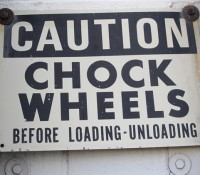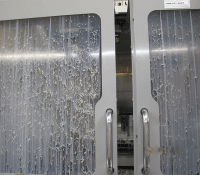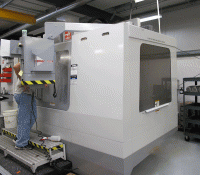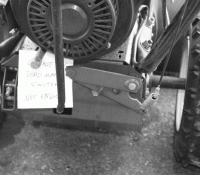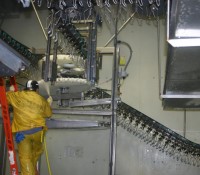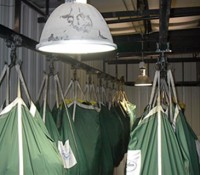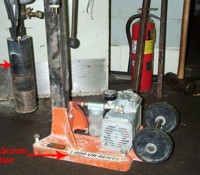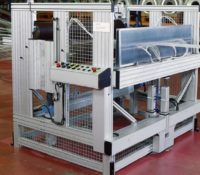Forklift Falls off Loading Dock
A forklift fell off the loading dock of a warehouse as it was in the process of entering a semi-trailer that was being loaded. The forklift fell because the semi-trailer and the connected truck rolled away from the edge of the loading dock as the forklift passed over the dock leveler into the trailer. The repeated braking forces of the forklift as it carried loads onto the trailer caused the trailer to move away from the loading dock. The semi-trailer wheels were not chocked to prevent movement away from the loading dock. Read More


